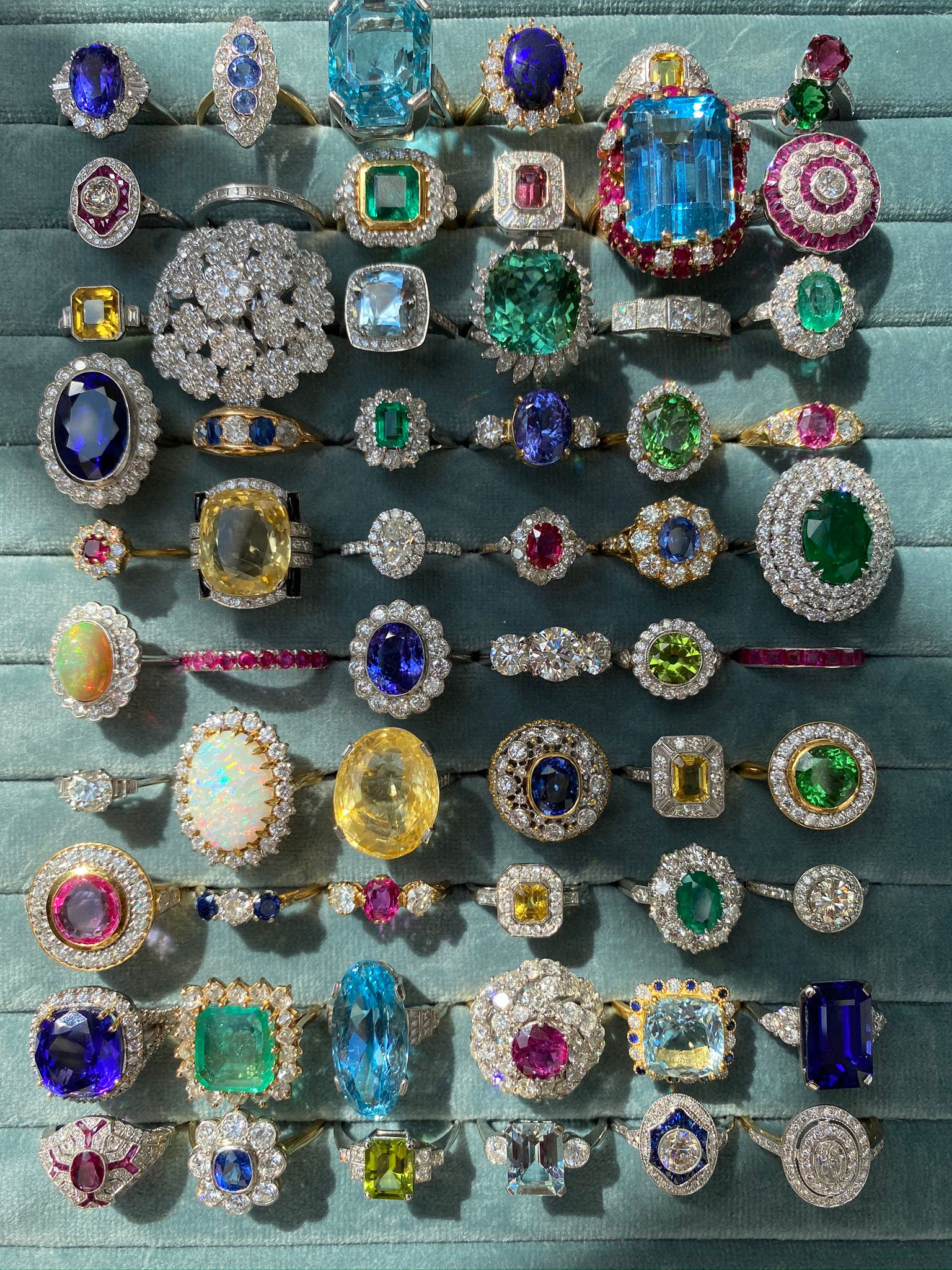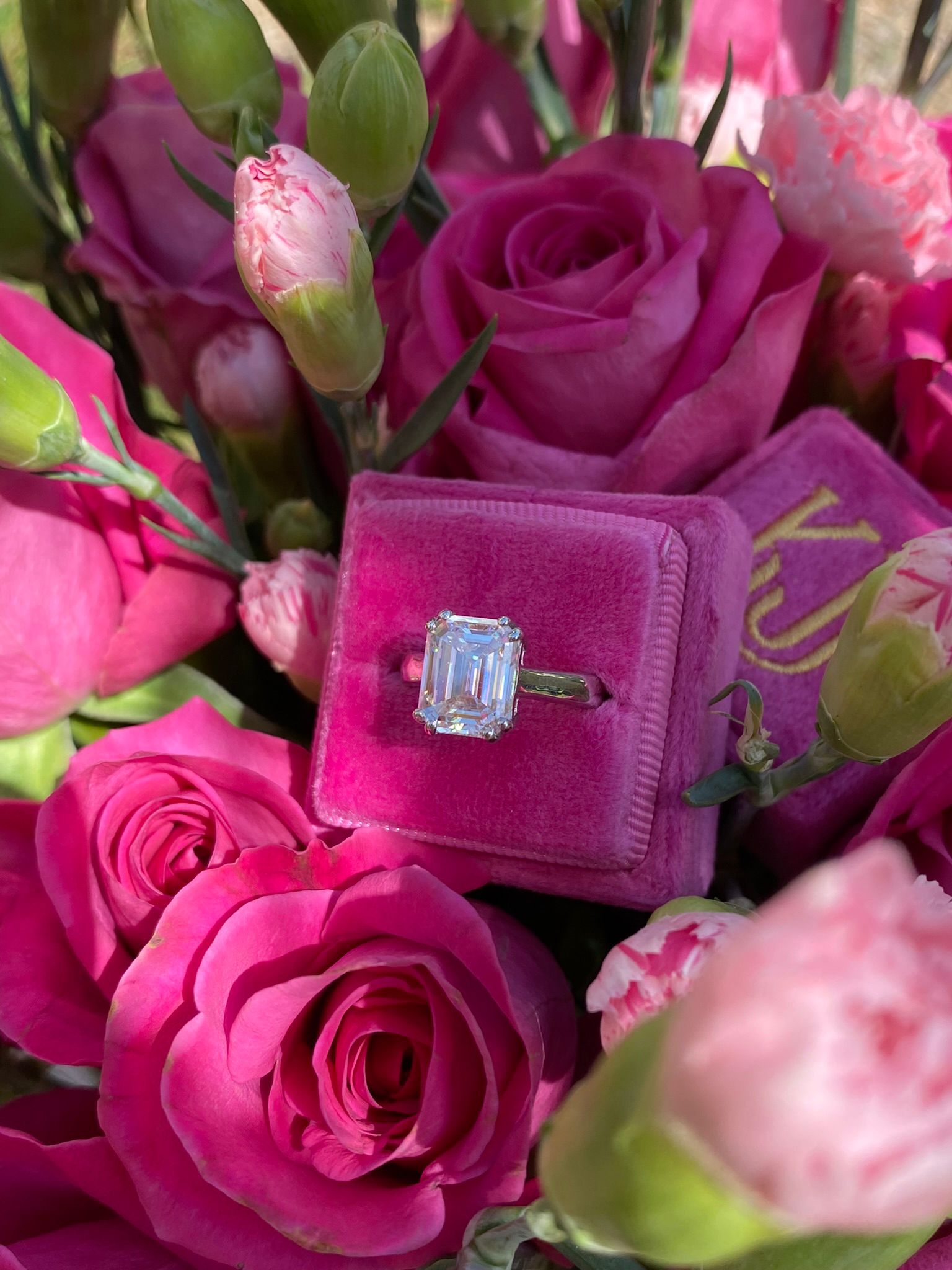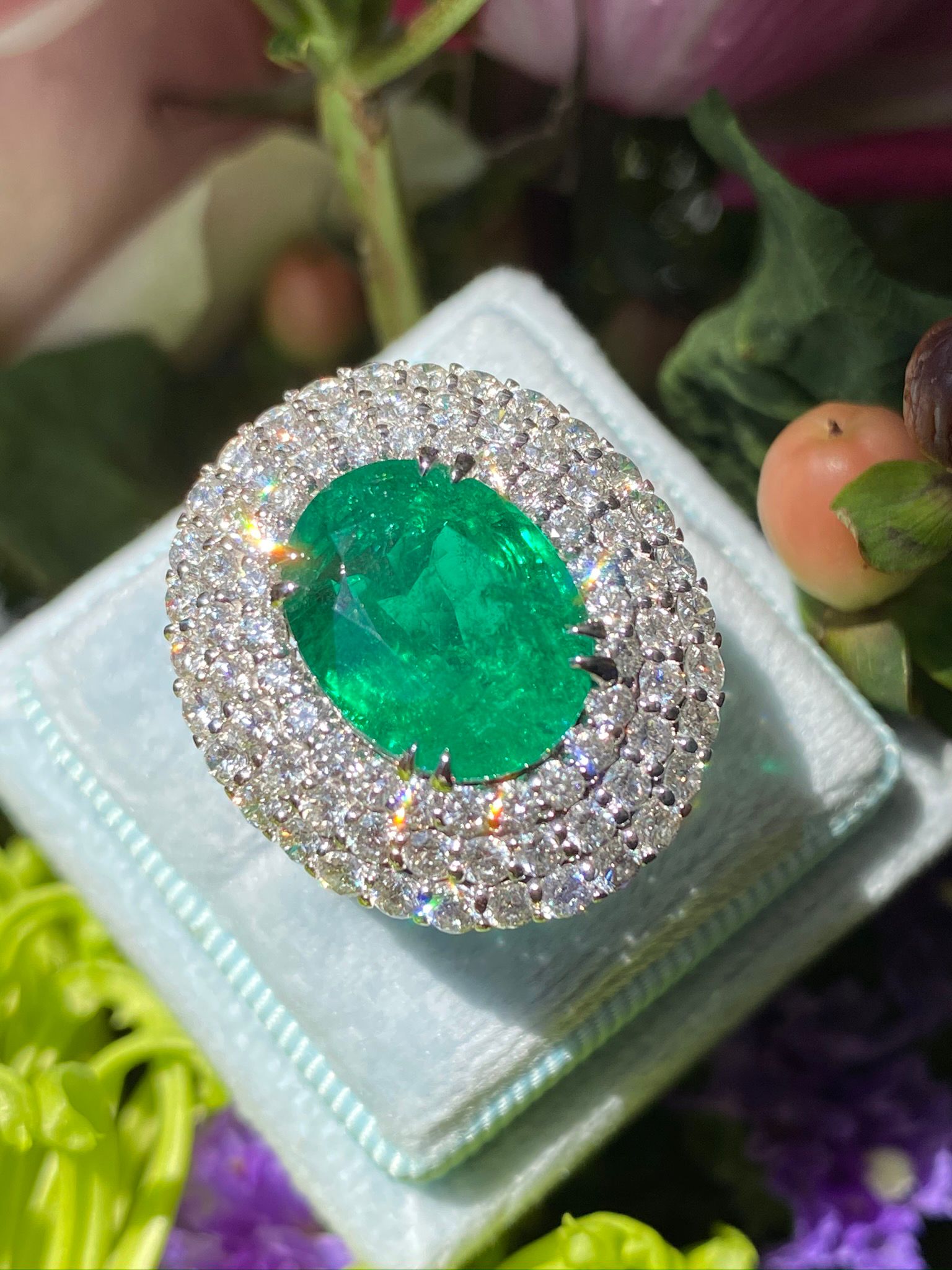What are Cabochon Cuts?
This ancient gem cut will never go out of style and including it in your collection will ensure it sings of history.

What is the Cabochon Gem Cut?
Before there were several types of gem cuts and shapes available including custom, fantasy and designer cuts created with high-tech machinery and lasers, gem traders had very little resources in the way of shaping and refining the Earth’s greatest materials.
While many gemstones are still cut by hand, the earliest forms of hand-cut gems took the shape of beads, followed by ancient cabochon cuts (sometimes just referred to as “cabs.”) Read more about the history of gem cutting.
Cabochons are dome-shaped, often with a round or oval-outline and a flat bottom. Double-cabochons are domed on top and bottom. The etymology of the word “cabochon” comes from an Old French term meaning little head.
Which Gems are Cut into Cabochons and Why?
While cabochons are often used to show off a gem’s excellent colour and saturation (which is any jewel’s most important value factor) they can also be ideal for specimens which may have slightly lower clarity. Some gem varieties can only be cut as cabochons due to their physical structure or if they are classified as “phenomenal.” The latter includes Star Sapphires and Rubies, which require the smooth surface to show off their natural asterism, chatoyant gems, such as Cat’s Eye Chrysoberyl, Moonstones, and Opals, which display a magical play-of-colour effect. Cabs are also known to hold-up better to scratches than a standard faceted cut.
When was the Cabochon Gem Cut Popular?
This ancient cutting method was also in high demand during the Art Deco period, when exotic jewellery styles really came into fashion. These included carved cabochons, which were particularly common in the Indian-inspired “Tutti-Frutti” style, which was popularized by Cartier. Opaque gems including Turquoise, Lapis Lazuli, Jade, Onyx and Malachite, are also most often cut into cabochons as well as other cabochon variations, including carved cameos and intaglios.
What is a Sugarloaf Cut Gem?
The “Sugarloaf” cut is another much-loved variation of the cabochon, which is quite unique and eye-catching, and was also quite popular during the Art Deco period. This cut uses a square base, but has tapered edges along its dome that come to a soft point.
When looking at modern day cabochon-cuts, be sure to look for a symmetrical dome shape that is pleasing to the eye, as well as an even and symmetrical outline.




